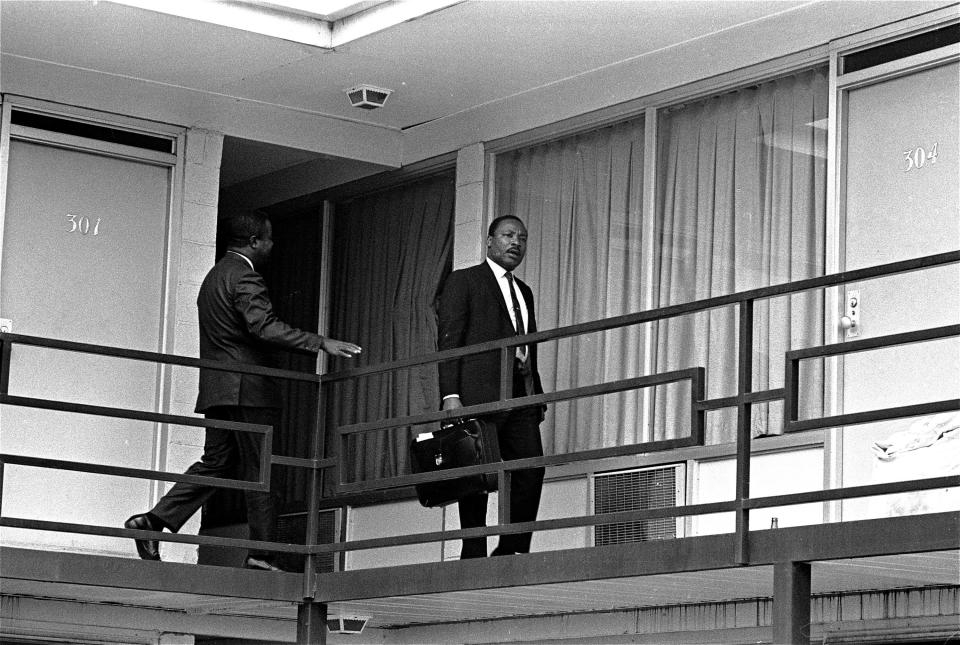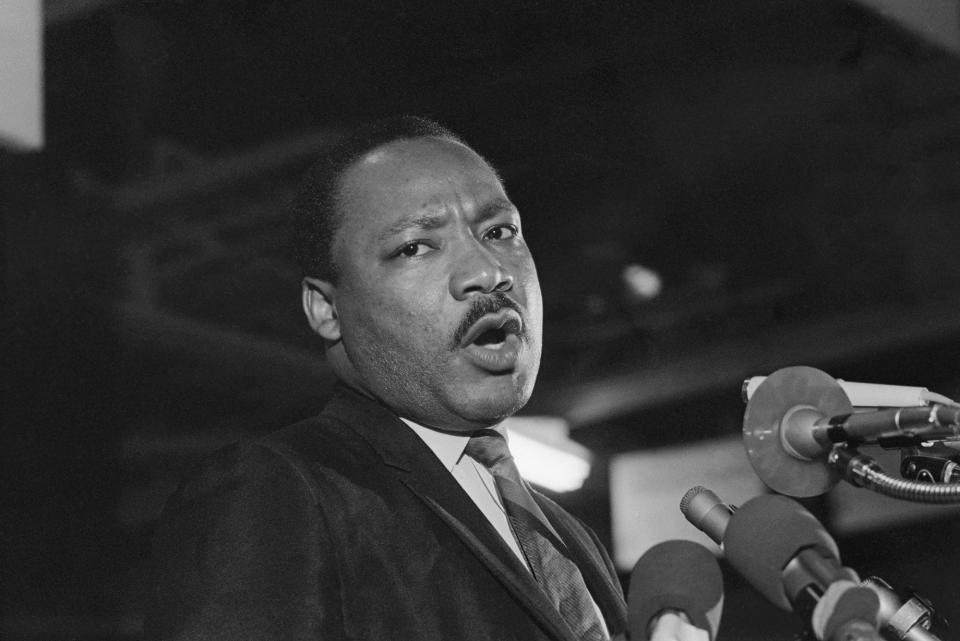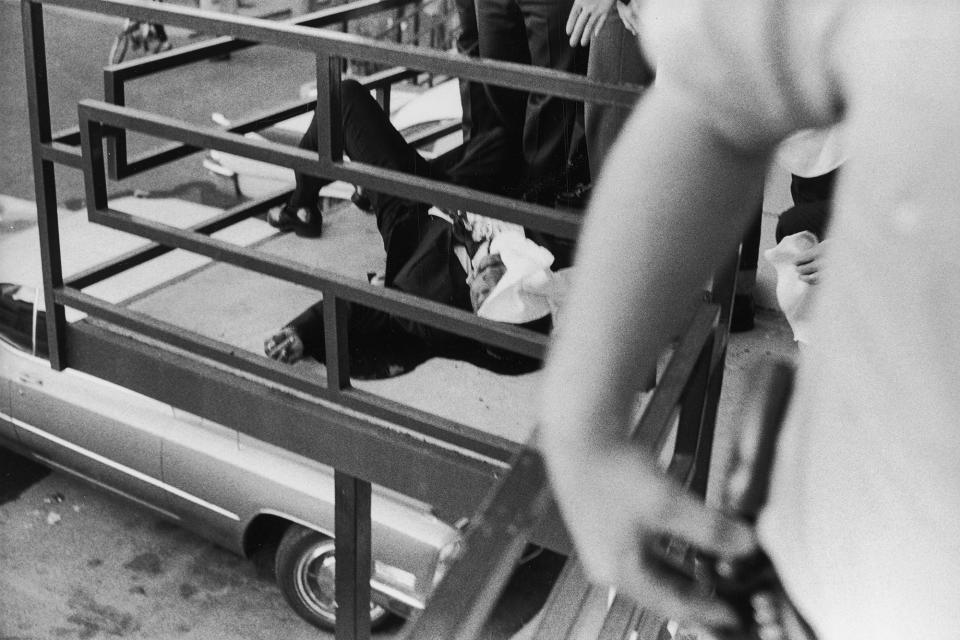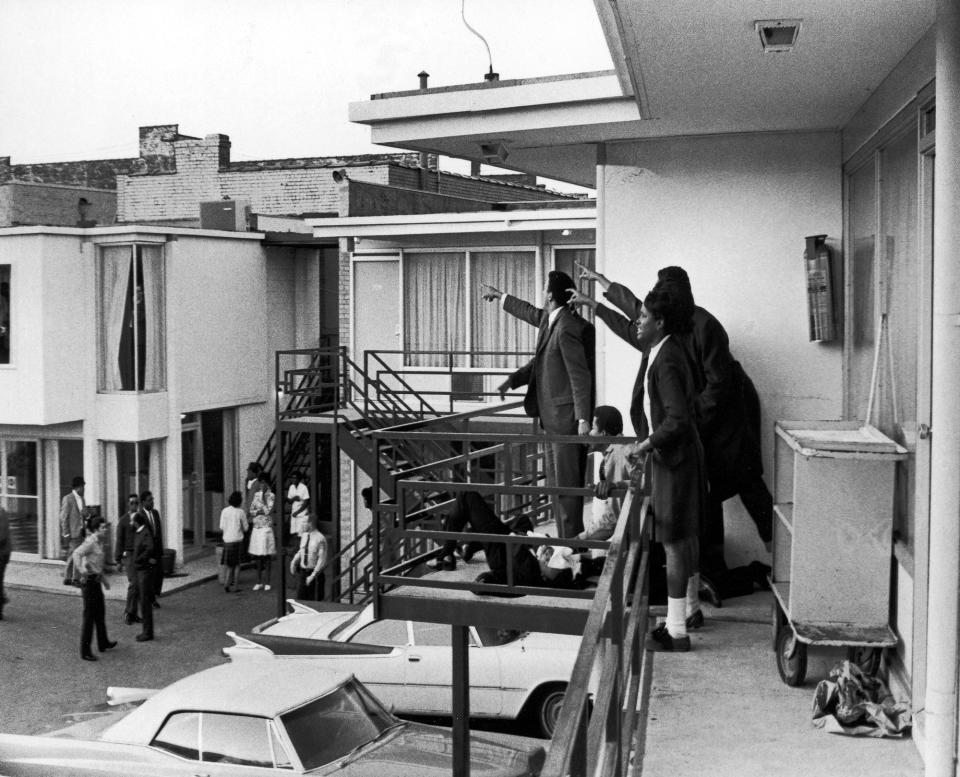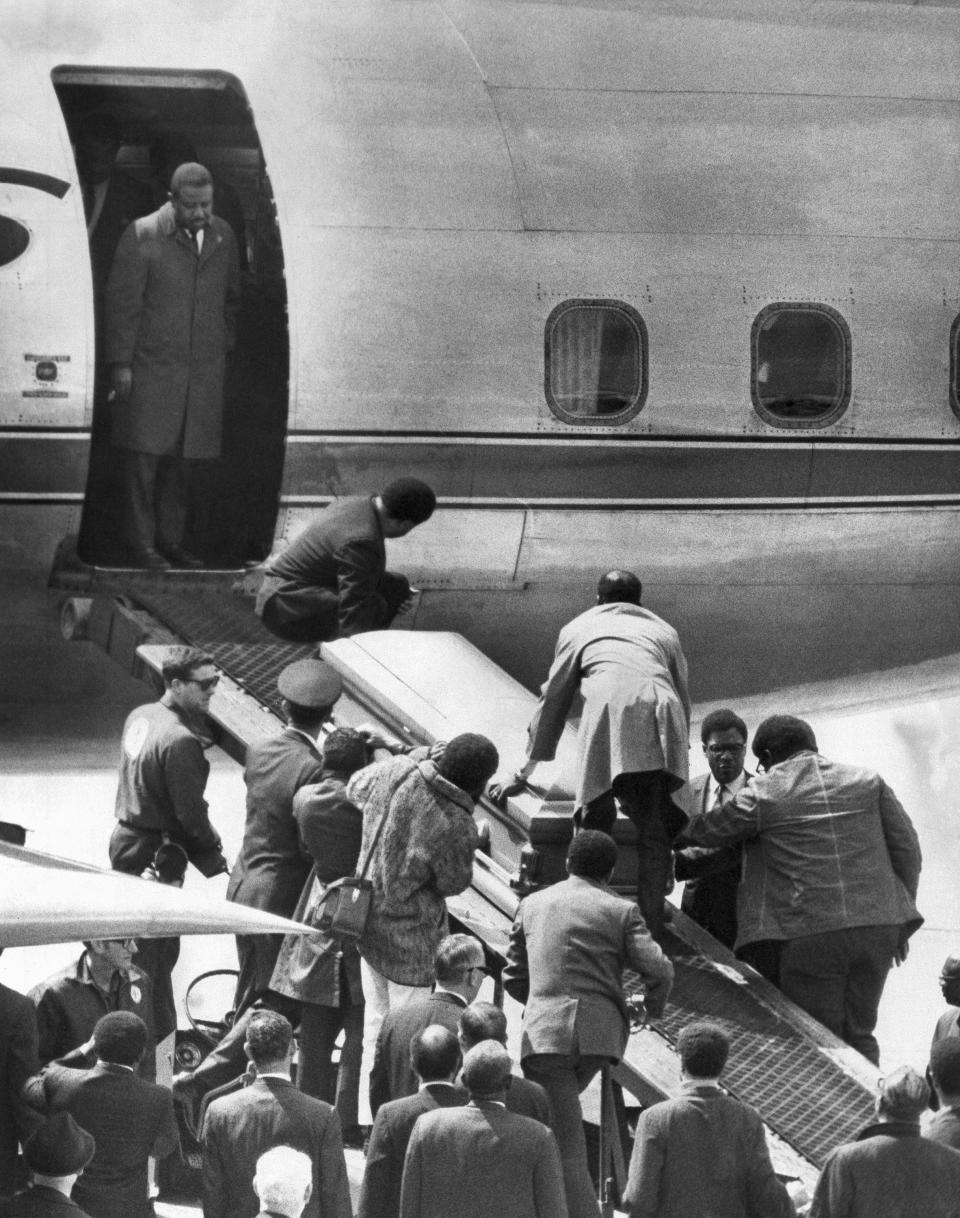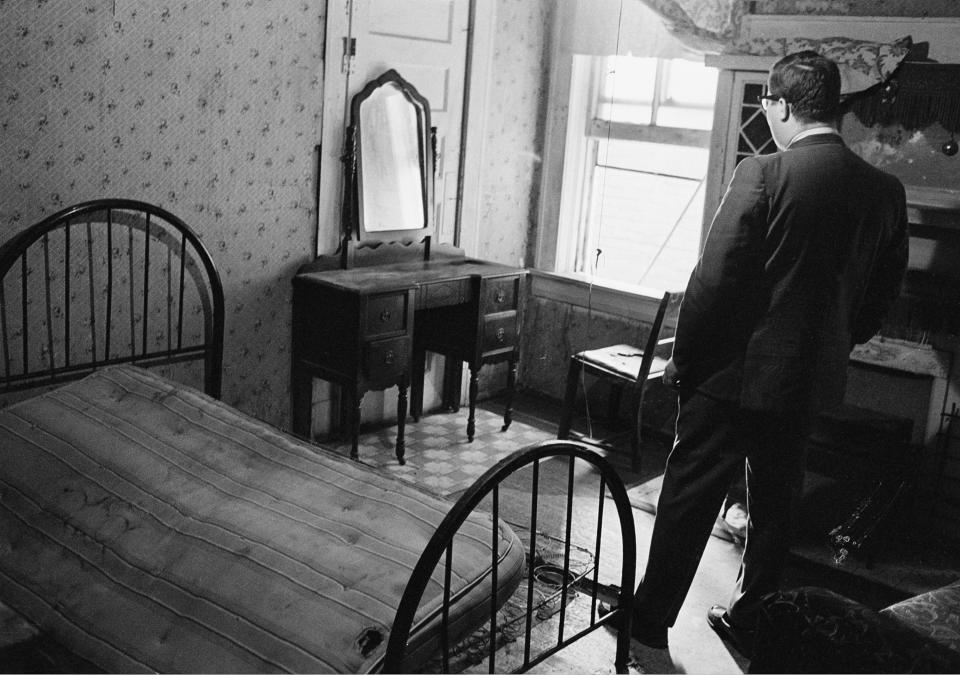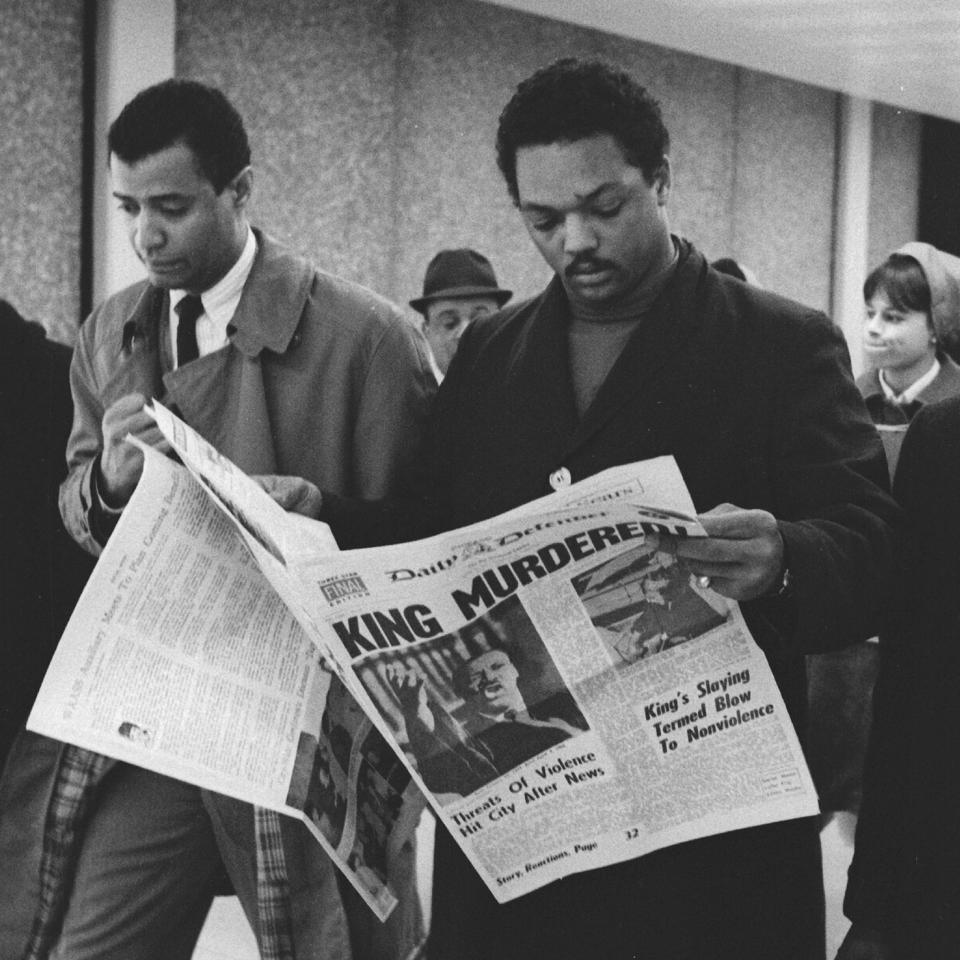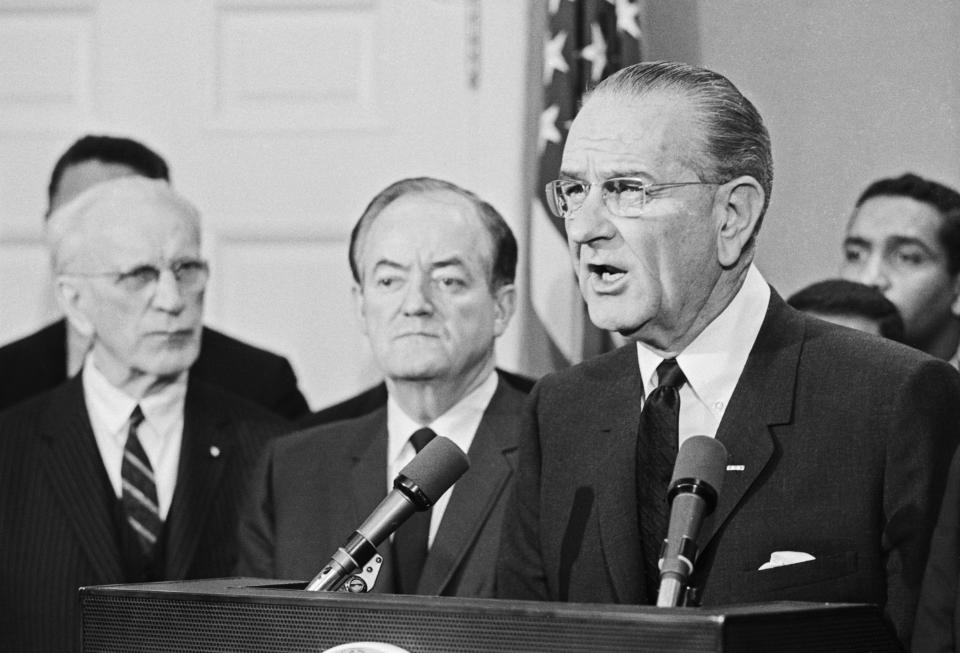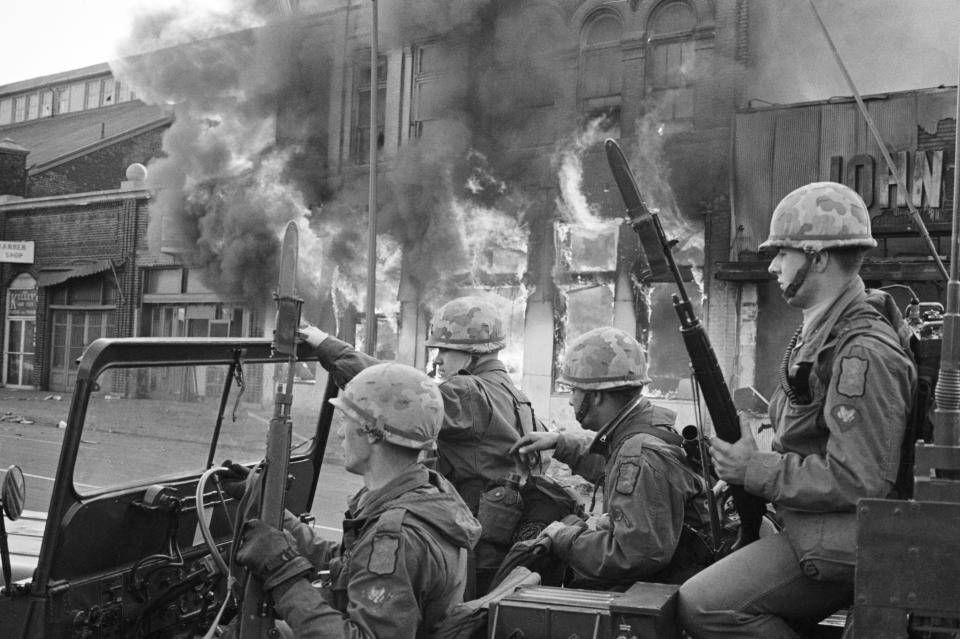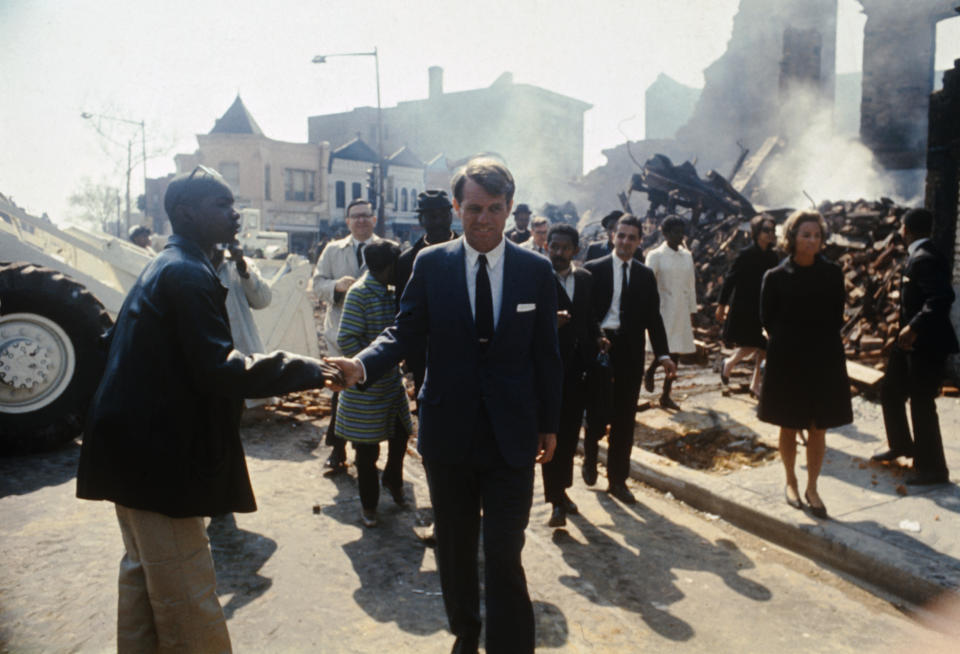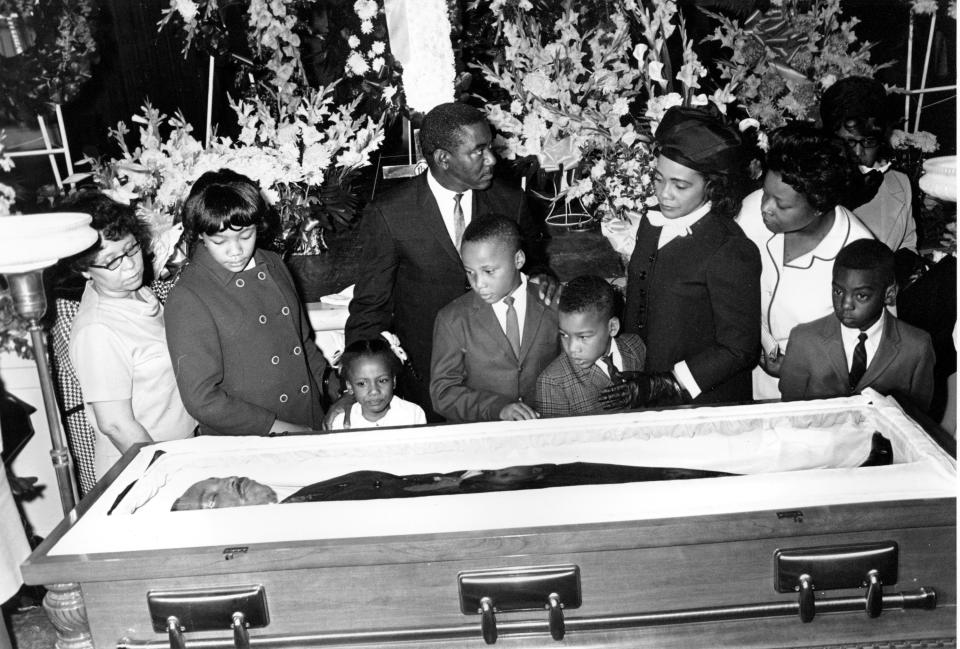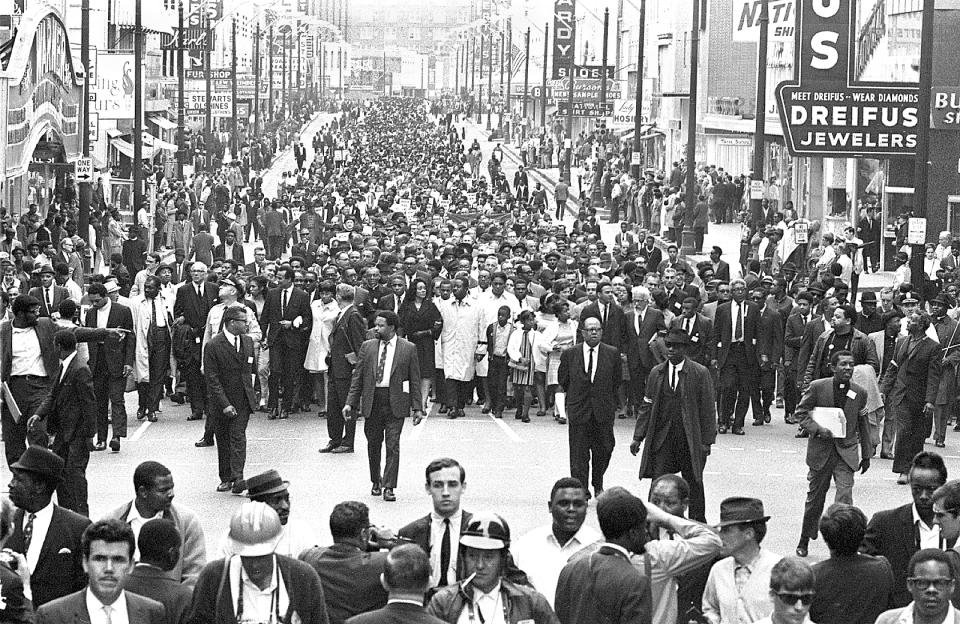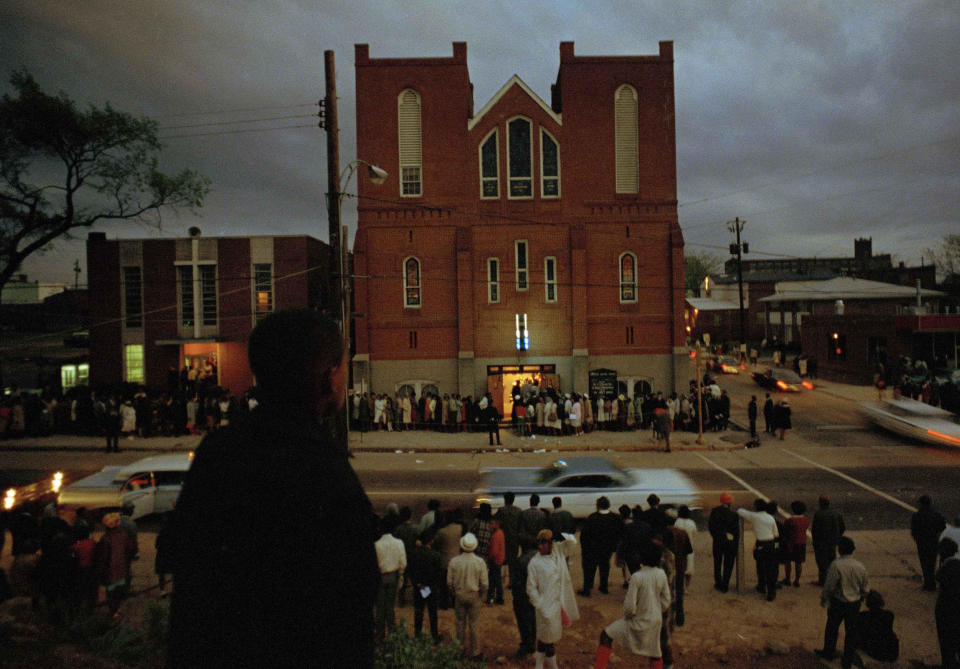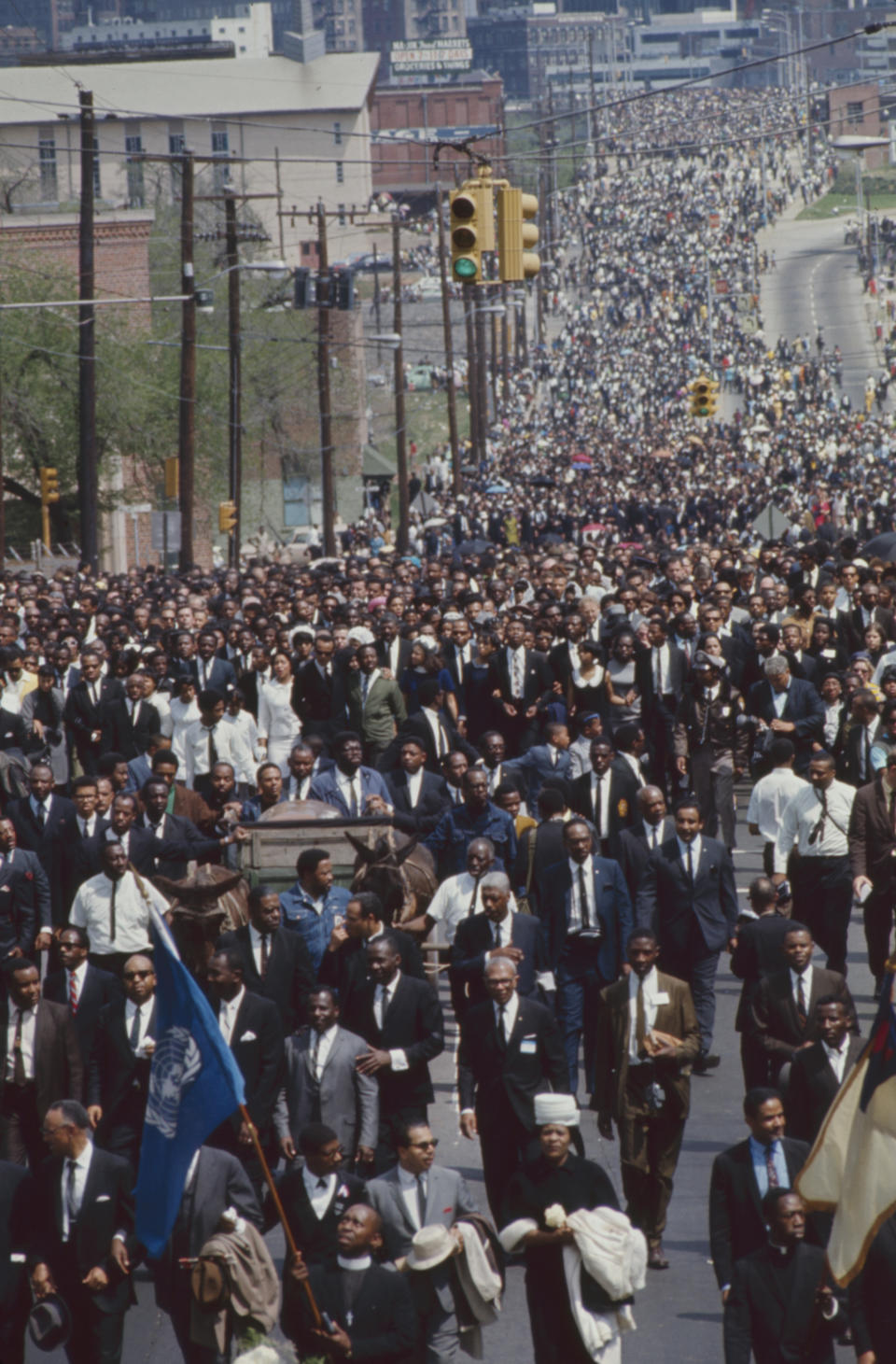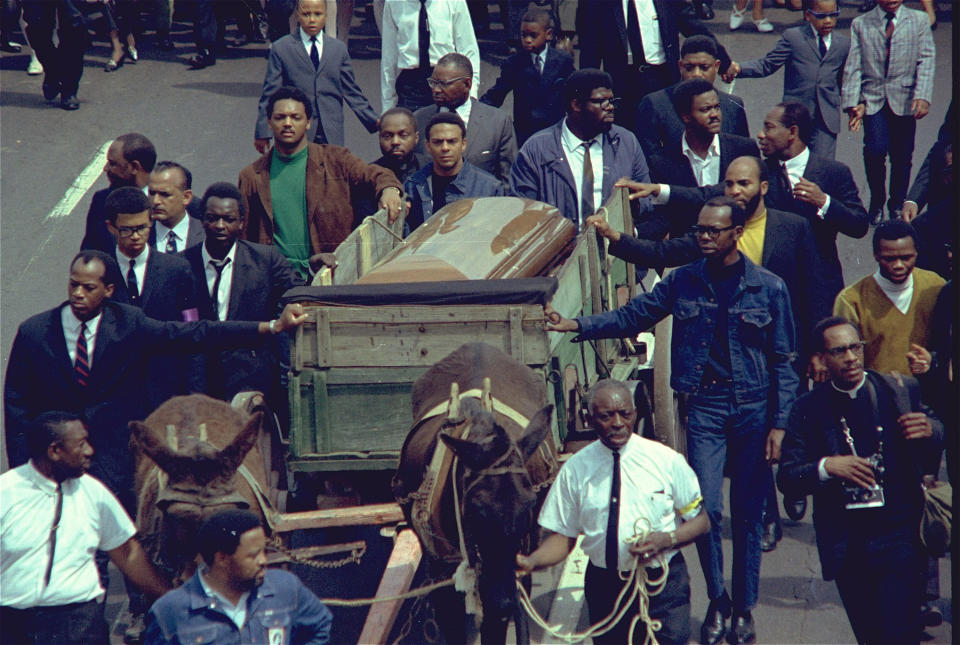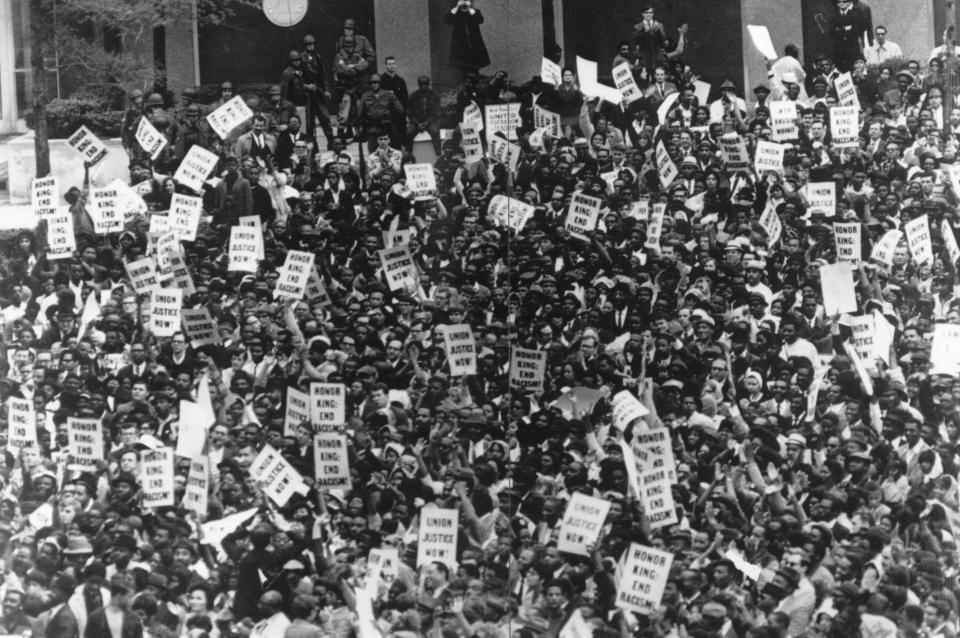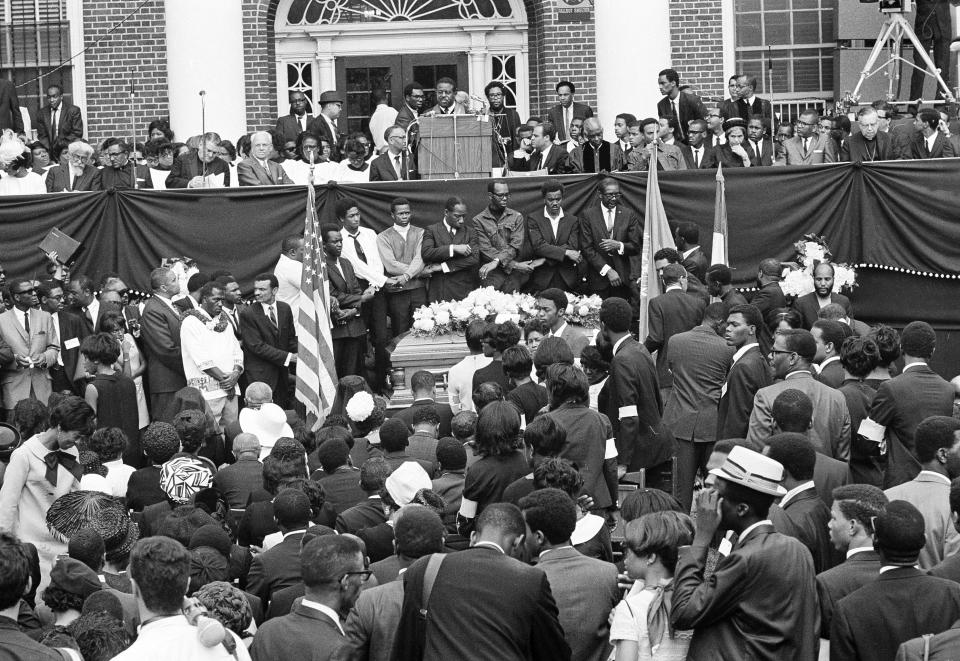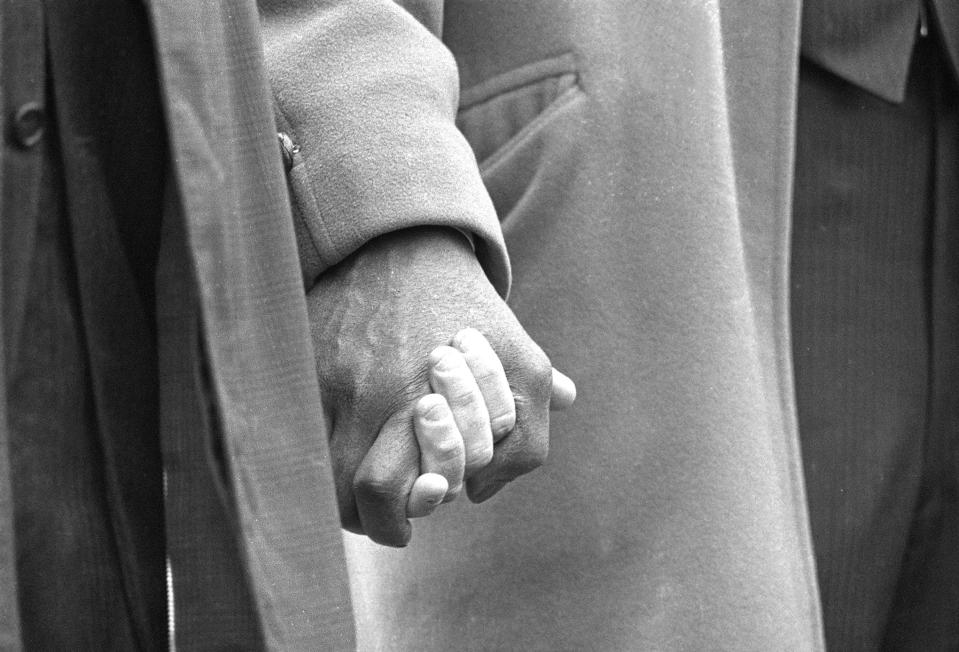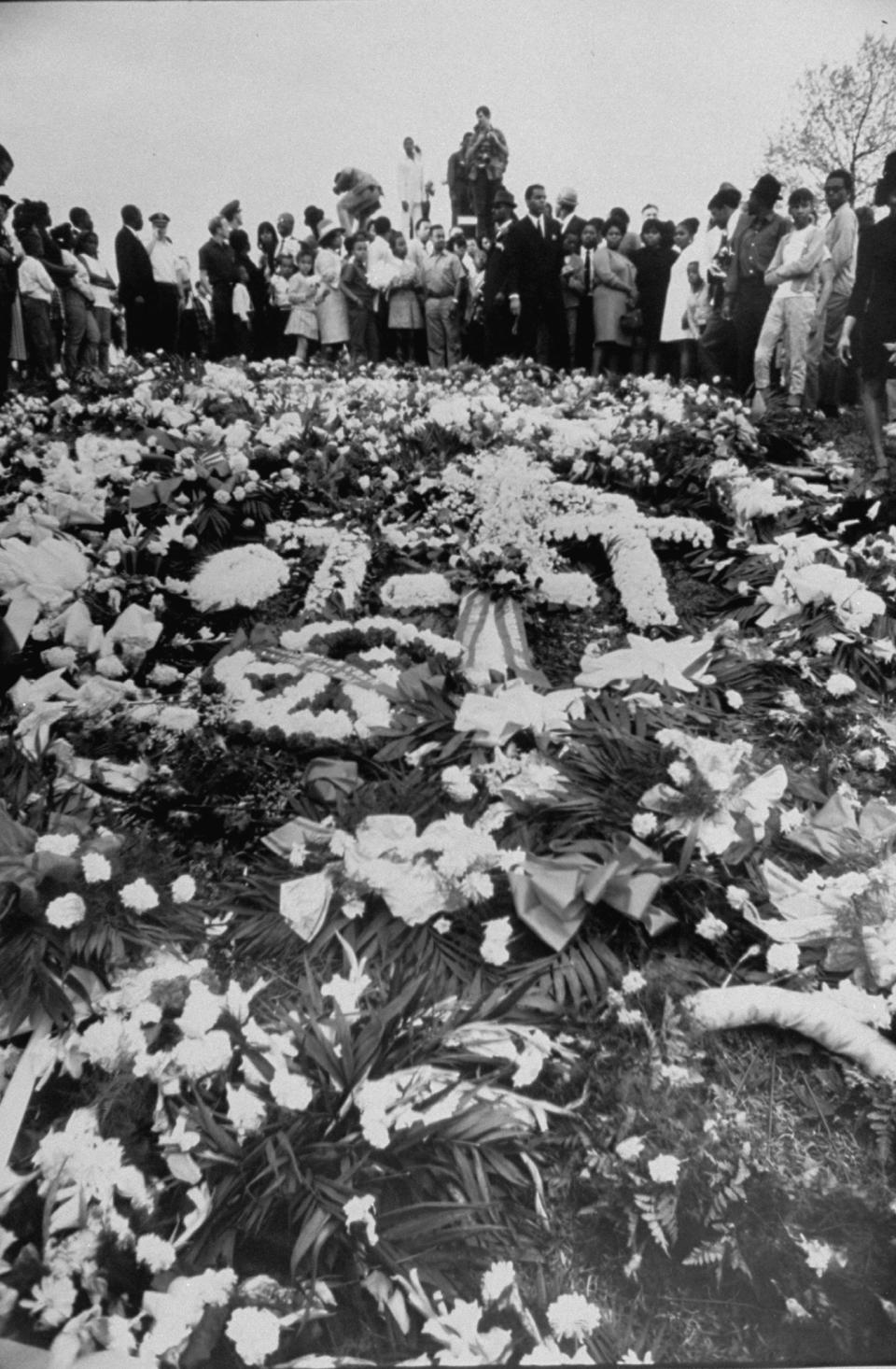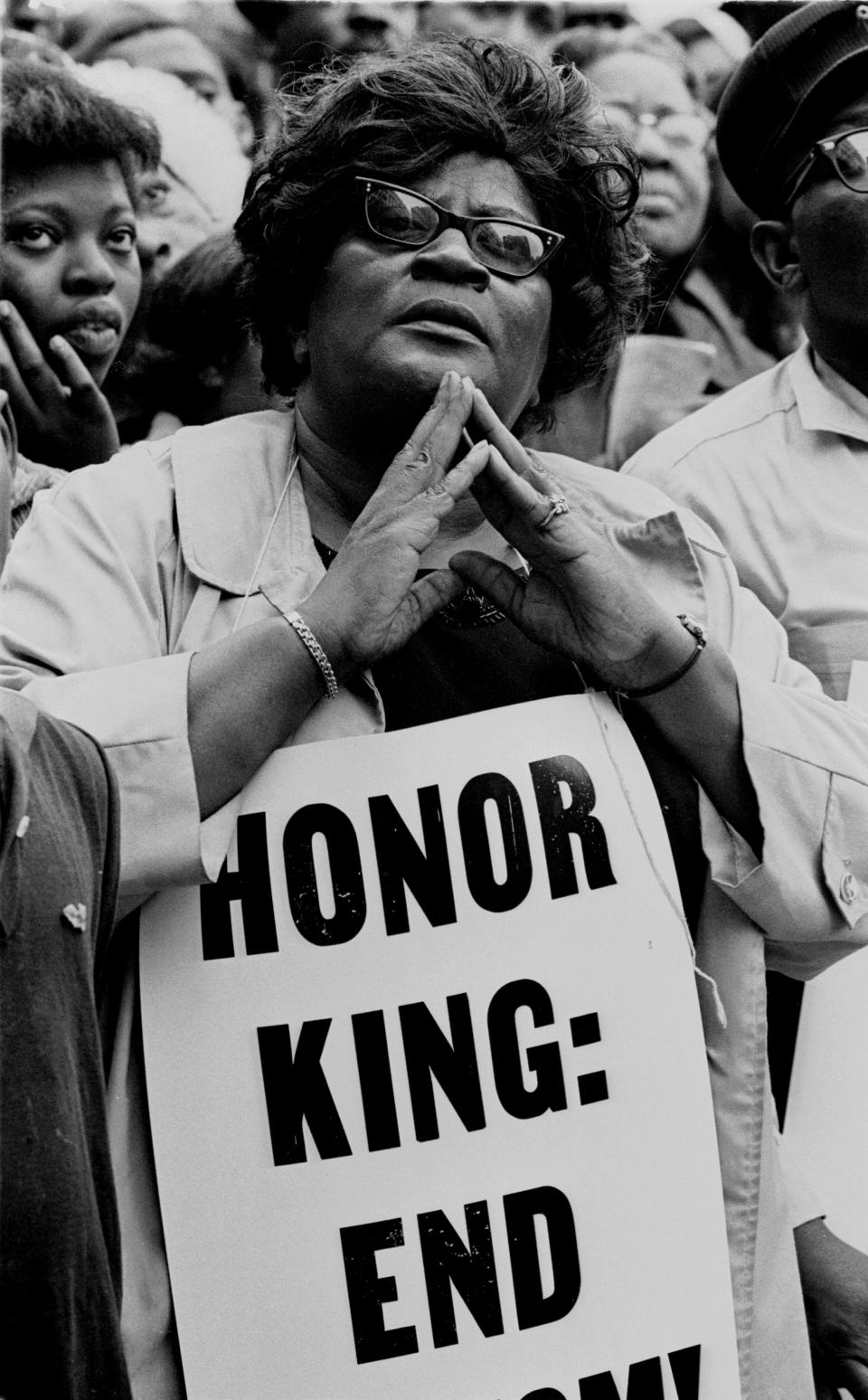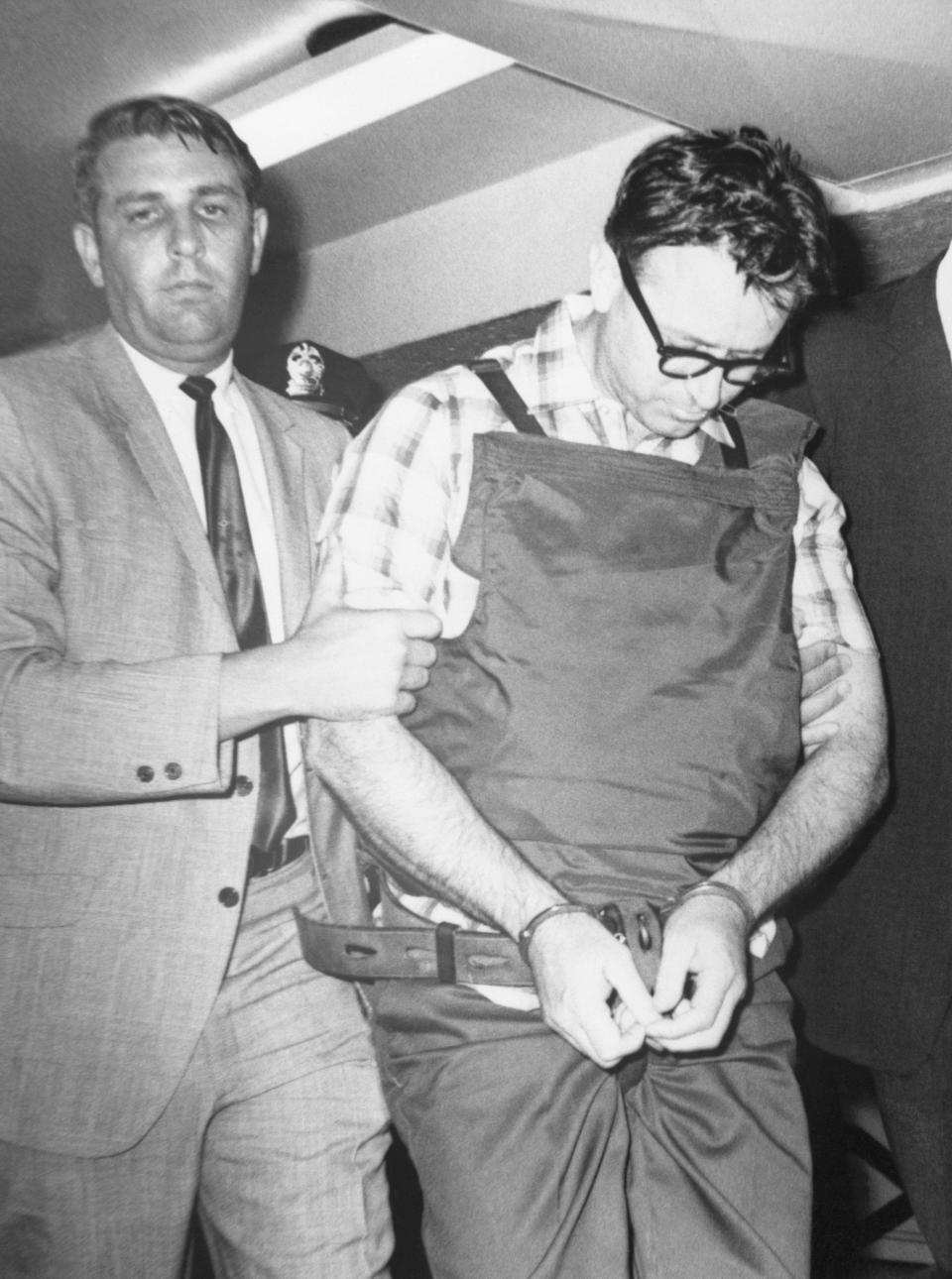April 4, 1968: The end of the dream
Americans didn’t have much innocence left to lose in the spring of 1968, four years after the assassination of President John F. Kennedy, halfway through a bloody, pointless war in Vietnam, and following devastating riots in Los Angeles, Newark, N.J., Detroit and other cities. But history still had some disillusionment in store. On the afternoon of April 4, Dr. Martin Luther King Jr. — preacher, hero of the civil rights movement, Nobel Peace Prize winner — was talking with colleagues on the balcony of the Lorraine Motel in Memphis, Tenn., when a shot rang out from a nearby window, and a bullet from a .30-06 hit him in the jaw, blowing away the knot from his necktie and killing him on the spot.
King’s death — “one of the darkest hours of mankind,” in the words of his close friend Rev. Ralph Abernathy — closed a chapter of progress on civil rights that had begun a decade earlier with lunch-counter sit-ins and bus boycotts, and culminated in the Civil Rights Act of 1964 and the Voting Rights Act of 1965. Within hours of the news of his assassination, riots broke out in many American cities, and continued off and on until his funeral five days later. A new, angrier generation of black leaders emerged, under the rubric of “Black Power.”
The shooter, a 40-year-old ex-con named James Earl Ray, fled to Canada and then to England, where he was arrested two months later and returned to the U.S. In March 1969, he pled guilty to murder and was sentenced to 99 years in prison, where he died in 1998.
Here’s a look back at that tragic day and its aftermath.
_____
SEE MORE of our coverage of ‘The King Assassination – 50 Years Later’ >>>
_____
See more news-related photo galleries and follow us on Yahoo News Photo Twitter and Tumblr.

